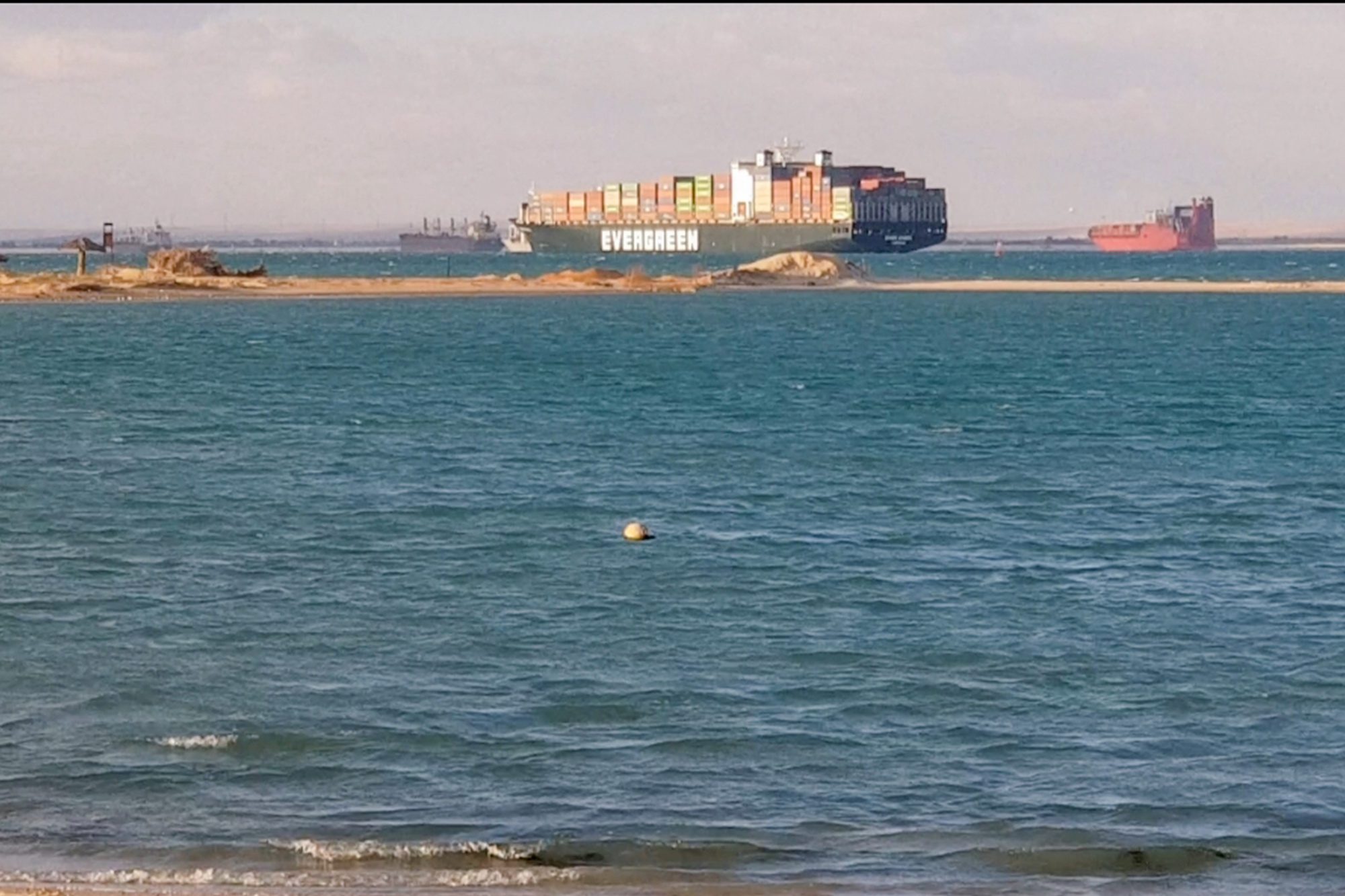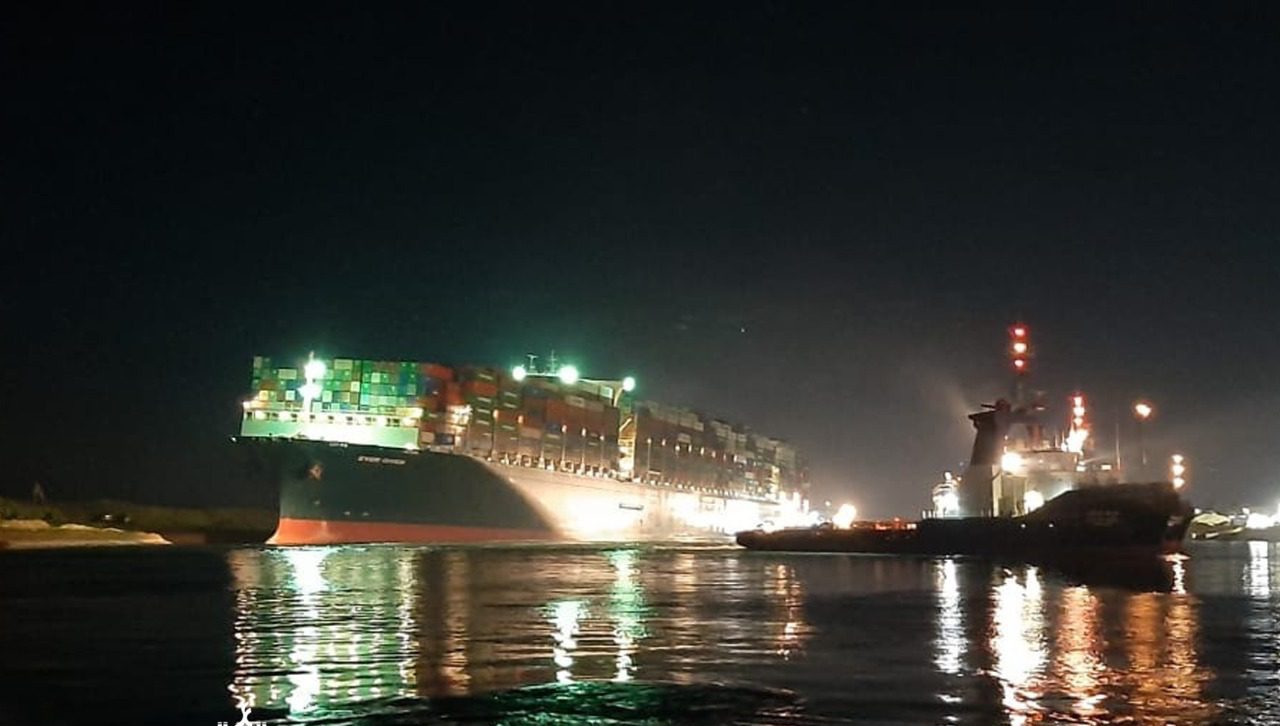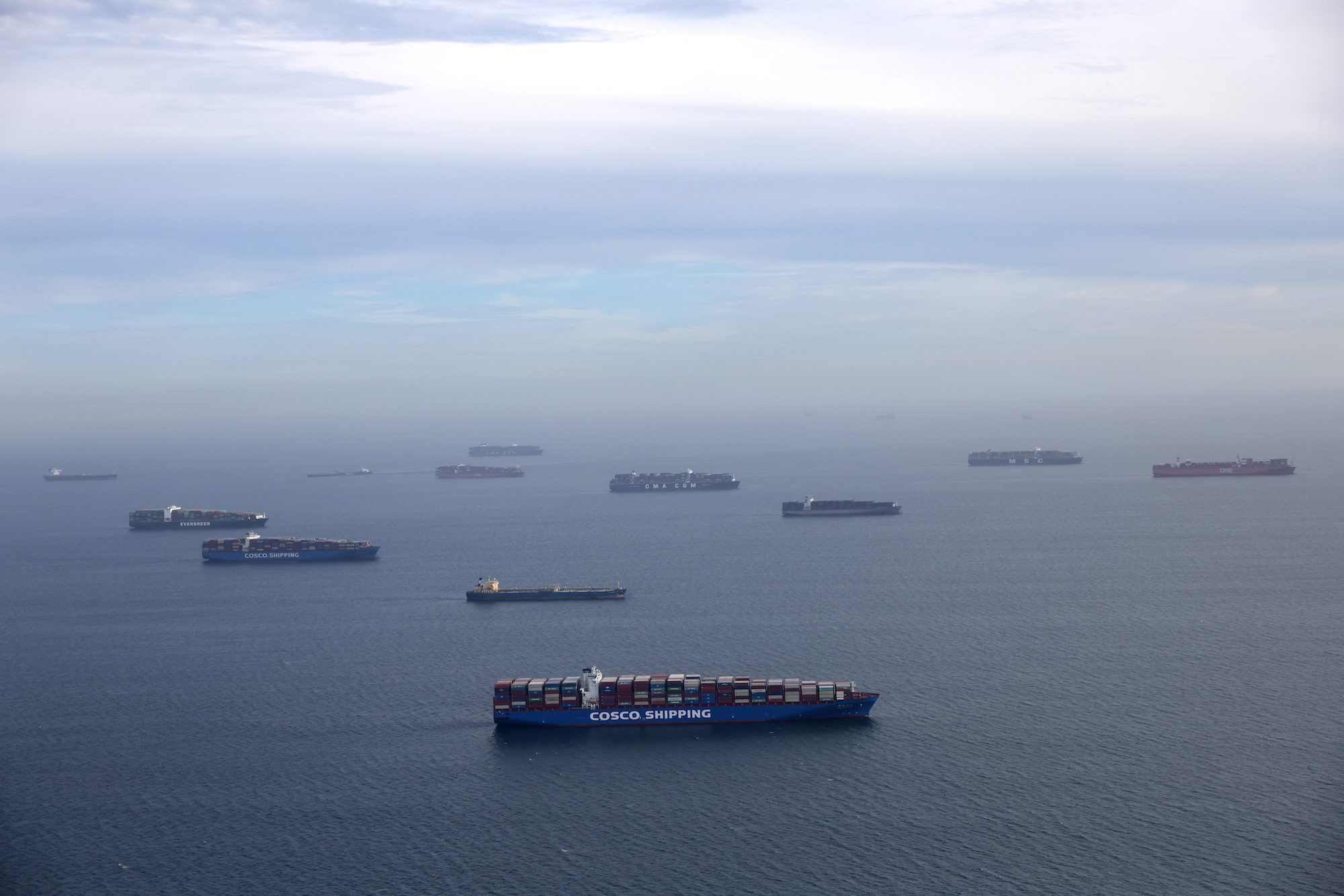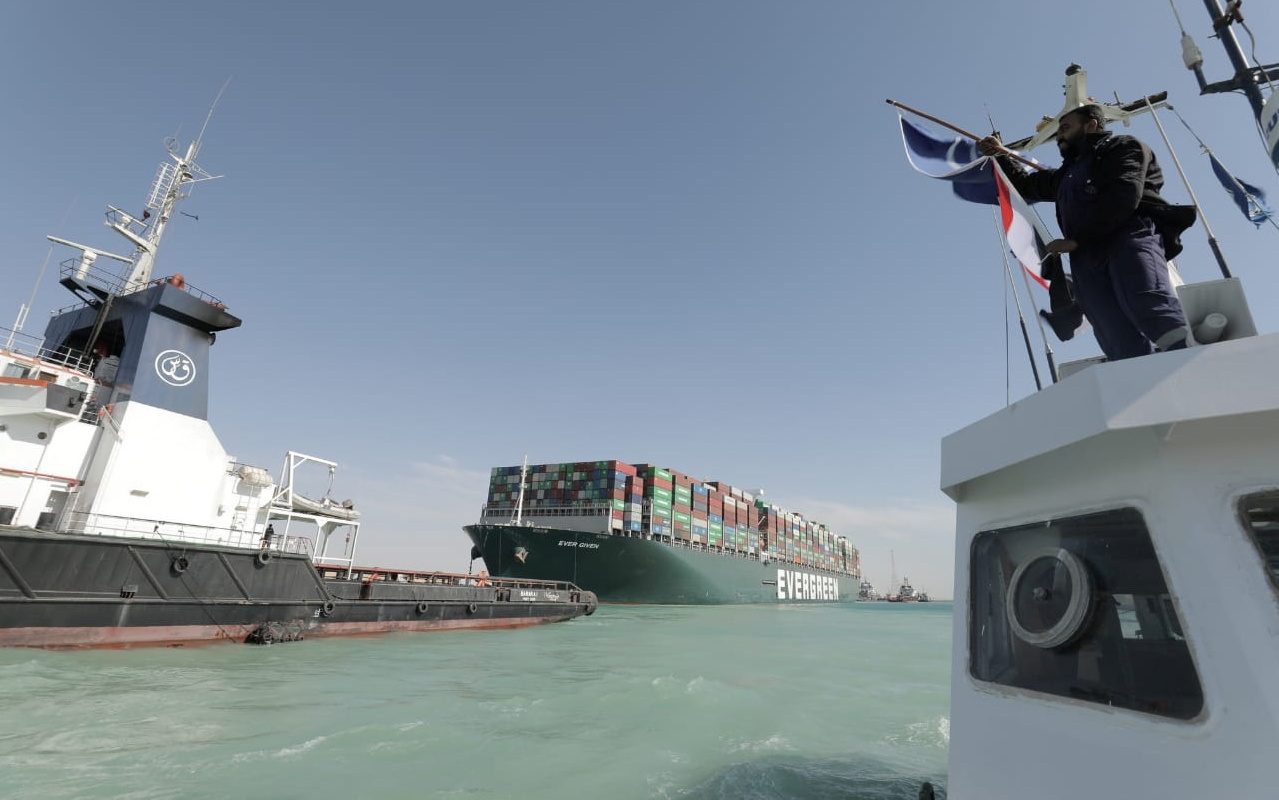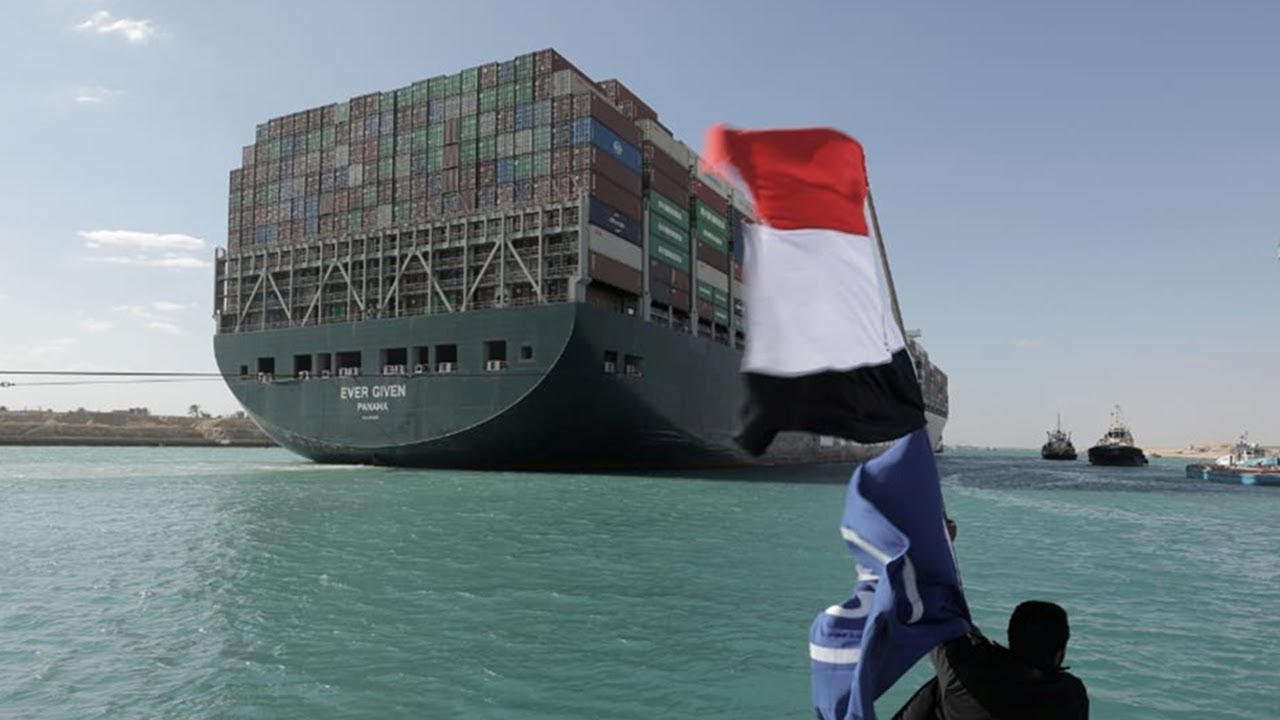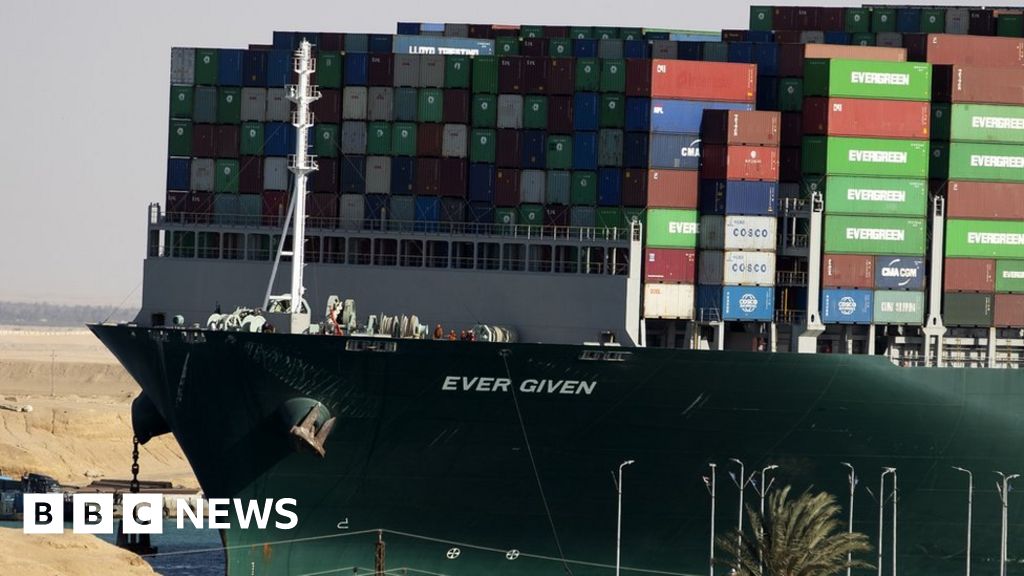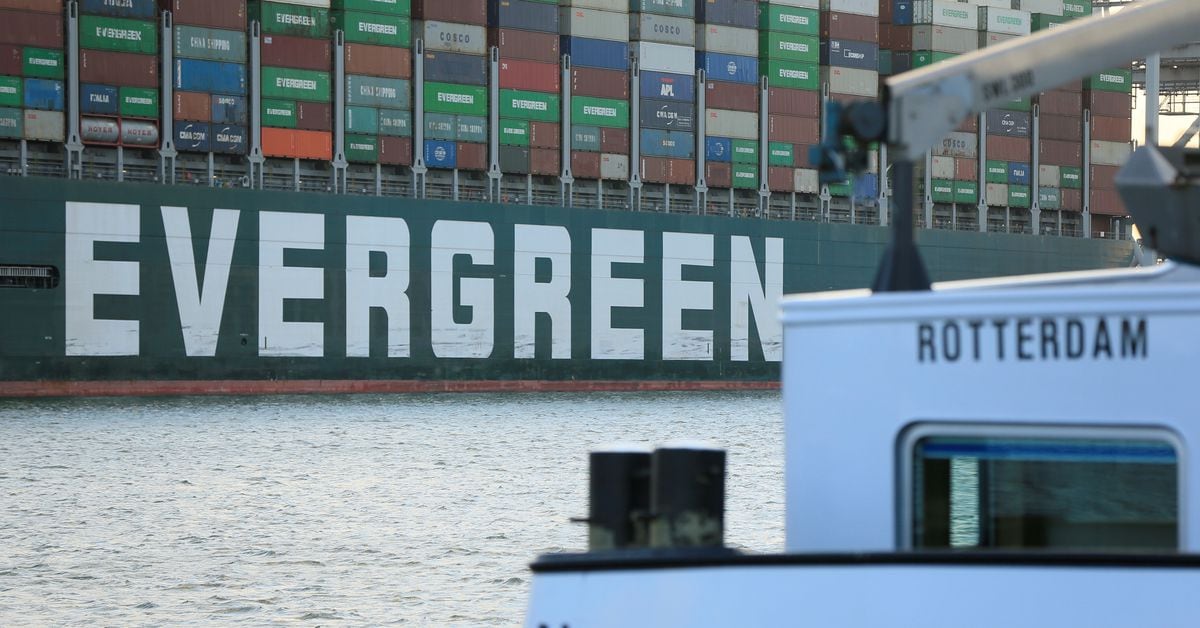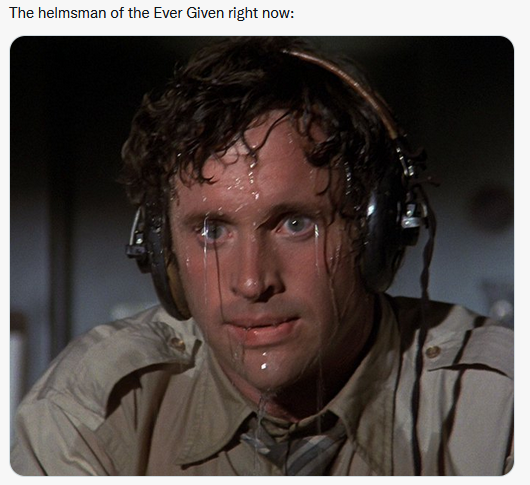| Railway Track Gauge | Countries |
| 2134mm ( 7ft ) | UK |
| 1829mm | Moscow-St. Petersburg Line, U.S. Erie Line |
| 1674mm (5ft 5in) | Spain |
| 1665mm (5ft 5in) | Portugal |
| 1600mm | Ireland, Northern Ireland (UK), Australia (Victoria and South Australia), Brazil |
| 1524mm (5 feet) 1520mm | Russia, Kazakhstan, Kyrgyzstan, Uzbekistan, Turkmenistan, Georgia, Azerbaijan, Armeria, Estonia, Latvia, Lithuania, Russia, Belarus, Ukraine, Moldova, Mongolia, Finland (Grand Duchy of Russia in the 19th century), Peak Cable car (Hong Kong, China) |
| 1435mm (4ft 8½in) | China, North Korea, South Korea, Japan (Tokaido, Sanyo and other Shinkansen), Iran, Iraq, Syria, Lebanon, Israel, Turkey, Egypt, Tunisia, Mauritania, Gabon, Denmark, Norway, Sweden, Poland, Czech Republic, Slovakia, Hungary, Germany, Austria, Liechtenstein, Switzerland, Netherlands, Belgium, Luxembourg, United Kingdom, France, Monaco, Italy, Vatican, Yugoslavia, Slovenia, Croatia, Bosnia and Herzegovina, Macedonia, Romania, Bulgaria, Albania, Greece, United States, Canada, Mexico, Cuba, Dominica, Colombia, Venezuela, Guyana, Peru, Argentina, Paraguay, Uruguay, Australia, Taiwan High-Speed Rail, Taipei MRT and Kaohsiung MRT-Taiwan Taoyuan International Airport MRT (China Taiwan), East Rail Line-West Rail Line-Light Rail and Maanshan Line (Hong Kong, China), Madrid-Serbia High-Speed Railway (Spain) |
| 1432mm | London Underground (UK), Tsuen Wan Line-Island Line-Tung Chung Line-Machine Line Express-Tseung Kwan O Line (Hong Kong, China) |
| 1372mm | Keiking Electric Railway – Tokyu Shinjuku Line – Hakodate Shibuya Line – Dotoku Line (Japan) |
| 1067mm | Japan (80%), Australia (Queensland), New Zealand, Taiwan Province (China), India, Pakistan, Ghana, Congo, Tanzania, Zambia, Indonesia, South Africa, Angola, Botswana, Jordan, Algeria, Morocco, Sierra Leone, Liberia, Nigeria, Angola, Zimbabwe, Malawi, Mozambique, Swaziland, Namibia, Sudan, Ghana, Lesotho, Honduras, Costa Rica, Dominica, Ecuador, the Philippines, Hainan Province (China), South Sakhalin ( Sakhalin) (Russia) |
| 1090mm | Switzerland |
| 1050mm | Palestine, Angola |
| 1000mm | China (Kunming to Hekou), Vietnam, Cambodia, Laos, Thailand, Malaysia, Myanmar, India, Bangladesh, Pakistan, Mali, Guinea, Senegal, Burkina Faso, Côte d’Ivoire, Togo, Benin, Cameroon, Ethiopia, Tunisia, Djibouti, Kenya, Uganda, Tanzania, Madagascar, Switzerland, Spain, Puerto Rico, Brazil |
| 914mm | Panama, Colombia, El Salvador, Guatemala, Peru |
| 800mm | Switzerland |
| 762mm | Sugar Railway, Alishan Forest Railway, Eastern Taitung Line (Taiwan, China) |
| 760mm | India, Nepal, Indonesia |
| 610mm | India |

